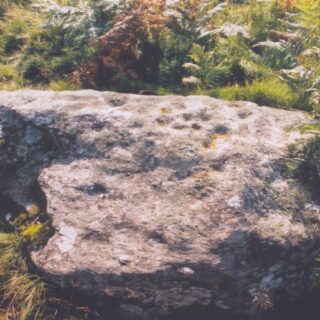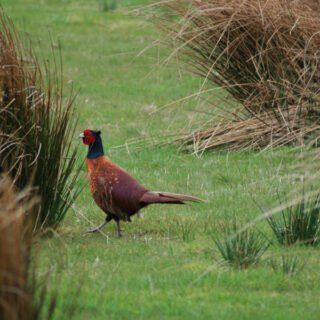A few years ago (ok, actually it was 9 years ago but it doesn’t seem like it) we visited Tullibole Castle in Kinross-shire as part of Doors Open Day. The laird, Rhoderick Moncreiff, gave us a fantastic tour and later I briefly looked into the history of the castle.

Kinross-shire
I came across a few antiquarian references which equated Tullibole with the old castle of Tolibothwell, a castle on record in the late 13th century and the intended site of a castle that Edward I of England intended to build. I wrote this up and didn’t think too much of it until I was contacted several years later by a member of the Tullibody History Group who informed me that Tolibothwell was actually more likely to refer to Tullibody Castle in Clackmannshire.
I intended to look into it but it took me a couple of years before I found the time, generously provided by the Coronavirus lockdown.
The lands of Tolibothwell or Tullibothwell, then known as Dunbodevin or Tulibodevin, are first mentioned in royal charters from the 12th century. Around 1140 David I founded the Abbey of Cambuskenneth and the foundation charter granted the abbey “the land of Cambuskenneth and the fishing between the said land and Pollemase and one net in the water; also the lands of Colling and Dunbodevin (Tulibodevin)”.
In 1164 Pope Alexander III confirmed various possessions to Alfred, Abbot of the church of Stirling, including “the land of Cambuskenneth; the fishing between the said land and Polmase, and one net in the water; also the land of Collyn, with the wood and pertinents; the land of Tulybethwyn, which is between the water of the said land and the land of Logyn….the island between Polmase and Tulibody“.
Collyn would seem to be Cowie to the south-east of Cambuskenneth and Logyn would seem to be Logie or Blairlogie to the north-east, approximately between which is Tullibody. This would seem to quite definitively identify the castle of Tolibothwell as that of Tullibody.
However some Tullibole references persisted so I looked into those. Some of the confusion undoubtedly stems from the origin of the placenames of Tullibole and Tullibody which share earlier spellings such as Tolibothwell. There are various theories as to the meaning of the placename but all are agreed that the first part contains the Gaelic word “tulach”, meaning mound or hill.
The second element of the name seems to have three main contenders. One suggests that it contains the British word “bodwin” which consists of two elements which together can be translated as “white church” or “white house”, while another suggests the Gaelic word “bothan” meaning hut or cottage. A third suggested origin takes this further and derives it from the Gaelic “tulach both abhuinn” meaning mound of the house by the river, while a fourth, and less likely in my opinion, theory sees “tulach bo dubh” or “the cows’ black hill”. Both Tullibole and Tullibody were the sites of early churches so the “white church” origin could fit quite nicely.

Kinross-shire
In 1293 a Sir William Soulis de Tolybotheville is on record. He has been interpreted in most sources as owning Tullibole rather than Tullibody, however following his death Simon de Lyndesaye, Lord of Wauchopdale, was described as “Gerdein del ermitage Soules.” This Simon is mentioned again below which might suggest that the place in question was in fact Tullibody.
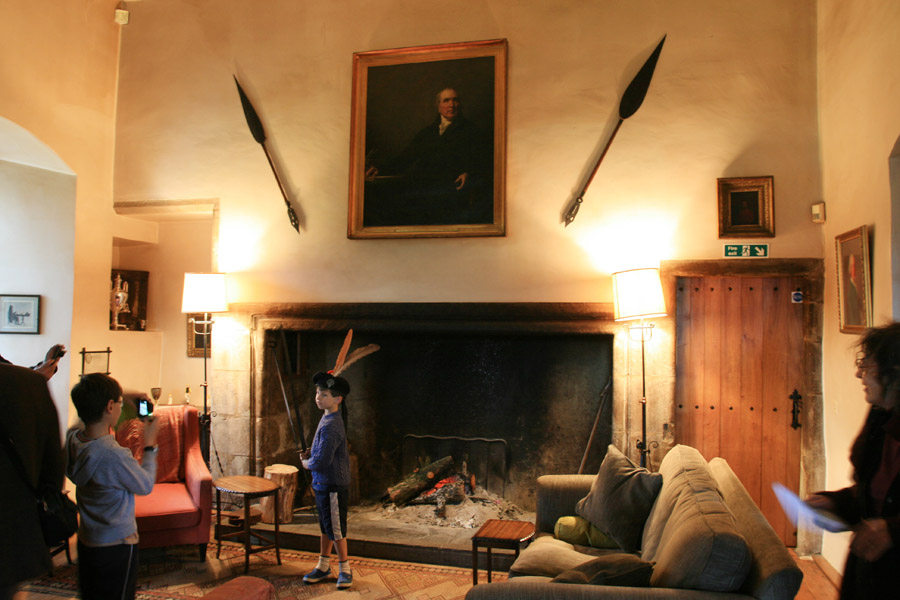
Kinross-shire
The first suggestion of a castle at Tullibody comes in a letter from Edward I of England in June 1297 in which he states that during the First War of Scottish Independence he “verbally empowered Simon de Lindeseye to take possession, saving others’ rights, of the manor of Tuthebotheville, and none having come to the K. to claim it, to his knowledge, he signifies that Simon has taken possession and holds it at his own risk.” Sir Simon de Lindsay was the son of Sir Philip de Lindsay of Wauchope.
On the 20th of April 1304 Edward I wrote two letters from Tullibotheville, having seemingly stopped for the night on his way from Perth to the siege of Stirling Castle.

John Adair, c. 1681map image courtesy of NLS
Early in the 14th century Edward I planned to build a pair of castles either side of the River Forth in order to protect the approach to Stirling. In 1304 or 1305 he sent writs to Sir John Sandale, Chamberlain of Scotland, instructing him to look for suitable sites for these castles. One of these writs was also sent to Sir John Segrave, 2nd Baron Segrave, warden south of the Forth, regarding a site at Polmaise, while the other was sent to John of Strathbogie, Earl of Atholl, warden between the Forth and Orkney, regarding “a castle at Tulibothevile, but not having a fit site, commands them to buy or provide one by exchange in a good place beyond Forth.”
Tulibothevile appears in various later documents. Four messengers were dispatched from Berwick on the 15th of February 1306 carrying letters from the Chamberlain of Scotland to “le Covers and William de Hull at Tolibothevill castle/”. There are records of payments to “Alexander le Convers, clerk of works of the new castle of Tolibothvill, for 1 esquire, 1 contrarotulor, and 4 sergeants [named], from 15 Feb. – 26 Mar. 1306; for 6 esquires, 1 vintenarius with 20 balisters, and 64 archers, from 18 Feb. – 26 Mar. 1306; and for 4 watchmen from 15 Feb. – 26 Mar. 1306, total, £65 2s 6d.” It goes on to say that the aforementioned people were “were ejected by the king’s enemies” on the 27th of March suggesting that the castle had fallen to the Scots.
This led me to the discovery of a third Tolibothwell, this time in Kincardineshire. I found a couple of references to Robert the Bruce’s supporters having attacked “the new castle of Tolibothwell” in 1306, with one source giving the date of the 27th of March and a location to the south-west of Aberdeen. It would seem given the above unequivocal payment references that this does in fact refer to Tullibody in Clackmannanshire, but it did pique my interest as to whether or not there was also a Kincardineshire Tolibothwell.
In 1247 Alexander II granted land at Culter, Tulimacboythne and Ardboik to Robert de Wachehop or Wauchope, son of Alan de Wachehop. A Wauchope heiress married a Comyn of Inverallochy and the aforementioned lands seem to have passed into that family.
There is of course a second interesting link between the Kincardineshire and Clackmannanshire Tolibothwells here since the Lindsays of Wauchope held the Clackmannanshire one for Edward I in the late 13th century.
At first glance the name Tulimacboythne doesn’t seem so close to Tolibothwell however in 1324 or 1325 Alexander Burnard received from Robert the Bruce a grant of lands that had been forfeited by the Comyns, namely the barony of Tullibothil in Kincardineshire and the barony of Little Culter in Aberdeenshire. They later passed to the Meldrum family and at some point were renamed Kilduthie, appearing on Timothy Pont’s late 16th century map as a tower named Kildutthy.

Timothy Pont, c. 1583 – 96map image courtesy of NLS
Now we return to the Clackmannanshire Tolibothwell. In September 1307 Sir Thomas de la Haye, the son of a Hay of Lochorwart, submitted a petition to Edward II of England at Rutherglen asking “for compensation of one year’s rent of his wife’s land of Tolybotheuille, value 80 marks, which the late K. had taken, intending to build a castle there”. Thomas’s wife was Lora, daughter of William de Cuningesburgh.
That the de Cuningesburghs owned Tolybotheuille seems clear from the above, however there is an interesting link between the Hays and the earlier owners the Soulis family. Both families trace their origins to the Saint-Lô arronidssement in the La Manche department of Normandy, the former from La Haye and the latter from Soulles. In the first half of the 12th century William de Haya married Juliana de Soulis, sister of Ranulf de Soulis who came to Scotland with David I and built Liddel Castle. The son of William and Juliana, also William, later joined his uncle in Scotland and is considered to be the progenitor of Clan Hay.
The Hay family certainly owned Tullibody by 1364 as Sir Thomas’s son, Sir John Hay of Tholybothil, married Christian Keith, daughter of Sir William Keith, Great Marischal of Scotland, in that year, and “Johanne de Haya, domino de Tolibothuill” is mentioned in 1372. Their son, also John Hay, married Margaret Stewart, daughter of Sir John Stewart of Ralston.
They had a daughter, Egida or Egidia Hay, who in 1426 married Alexander Seton (later known as Alexander Gordon, 1st Earl of Huntly), son of Alexander Seton, Lord Gordon. Her husband was described as “master of Gordon, lord of Tullibody” in 1440. Their son, also Sir Alexander Seton, was the ancestor of the Setons of Touch, an estate he acquired from the Frasers in the mid-15th century.
Tullibody passed through the Seton and Erskine families before being acquired by Sir William Alexander of Menstrie in 1629. The following year he was created Lord Alexander of Tullibody and Viscount of Stirling and in 1633 was created 1st Earl of Stirling and Viscount Canada.
Some time before March 1648 Tullibody was bought by Robert Meldrum as in that month he was appointed one of two shire commissioners for Clackmannanshire, along with Sir Charles Erskine of Cambuskenneth, and was Member of Parliament for Clackmannanshire in the same year. Meldrum is said to have built Tullibody House in the 1650s although whether this was a completely new house or incorporated an older building is not clear. In 1654 Meldrum was fined £1000 by Oliver Cromwell along with many other members of “the gentrie and nobilitie”.
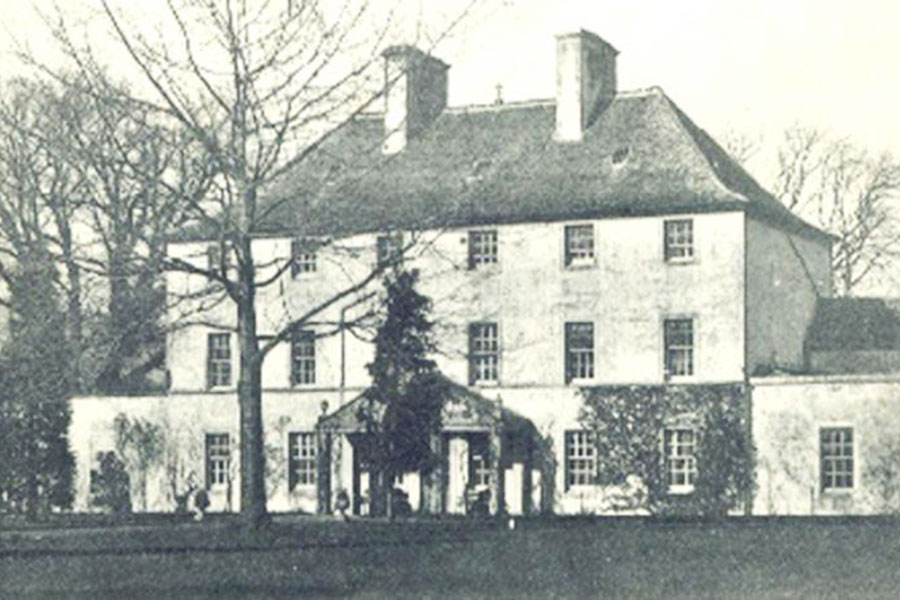
image courtesy of Landed families of Britain and Ireland
Robert Meldrum died in 1662 and Tullibody House passed to his brother, Major George Meldrum, who some sources state sold the house to Sir William Sharp of Staneyhill in the same year. Sharp was appointed deputy Keeper of the Signet in 1660 and a shire commissioner for Clackmannanshire in 1667, and is said to have sold Tullibody in 1679 to George Abercromby of Skeith. The Abercrombys then owned Tullibody until the early 20th century when the house changed hands again.
Some time in the mid-20th century the house was abandoned and suffered at the hands of vandals. In 1960 a partial photographic survey of the house was carried out as part of the Scottish National Buildings Record however it was subsequently demolished in 1961 or 1963 following a fire. Today the surrounding area is mainly farmland although the outline of the old gardens can still be traced and numerous trees from them survive.
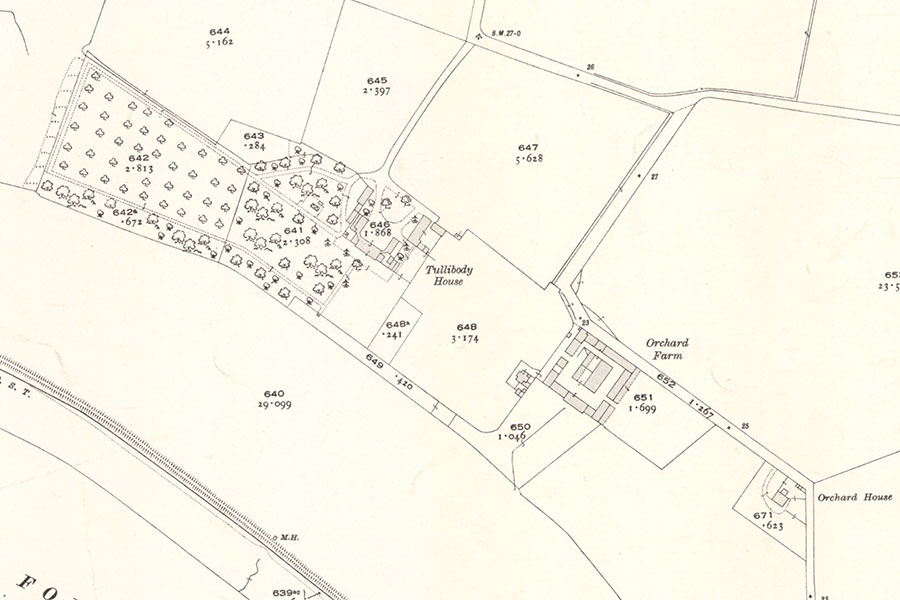
Ordnance Survey, 1922map image courtesy of NLS
My intention with this blog post was to gather together the references to the three castles of Tolibothwell so that they are all recorded in one place, showing that they were distinct properties. You can read more on the history of each of them on the pages for Tullibody, Tullibole and Kilduthie.

